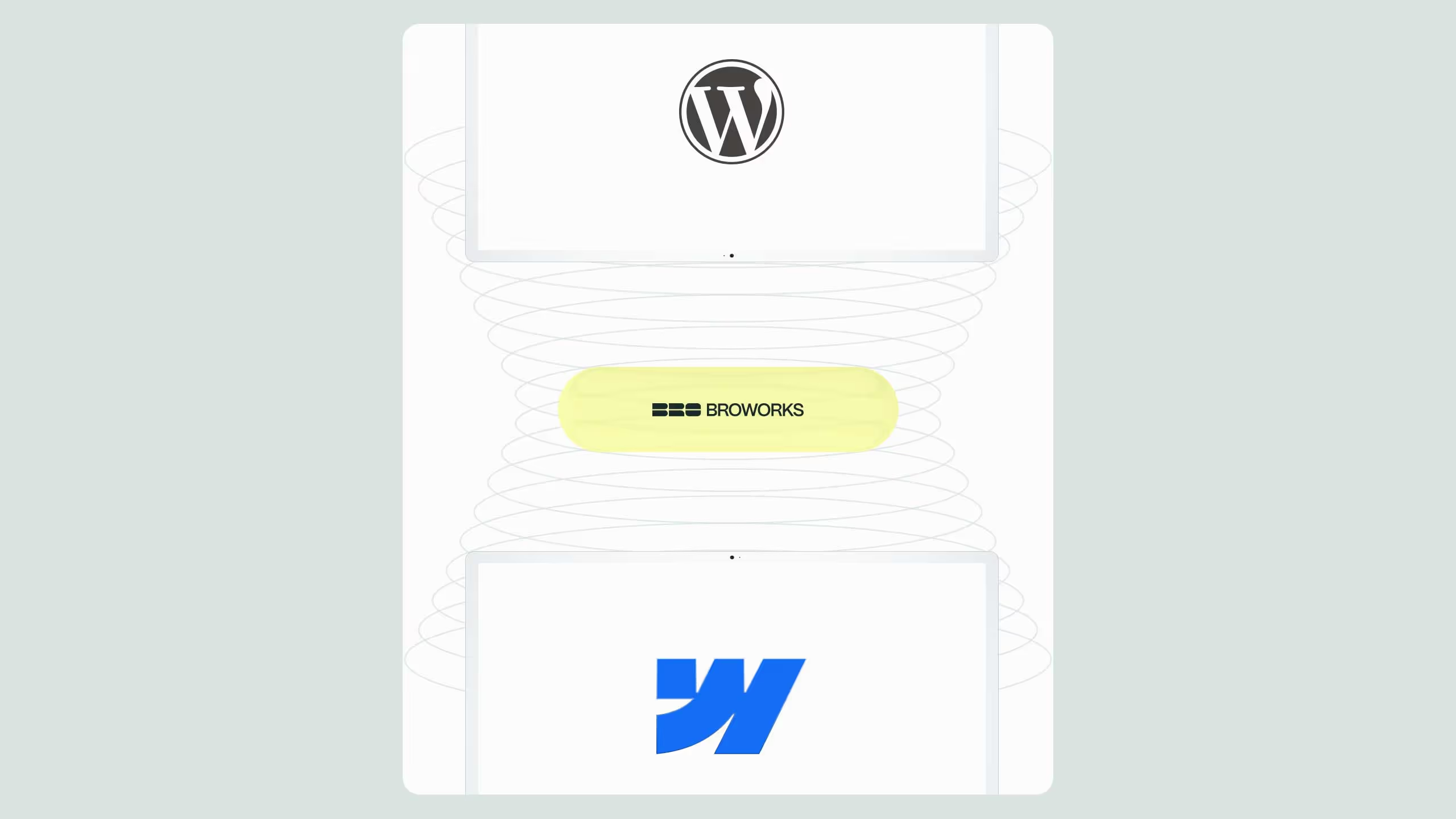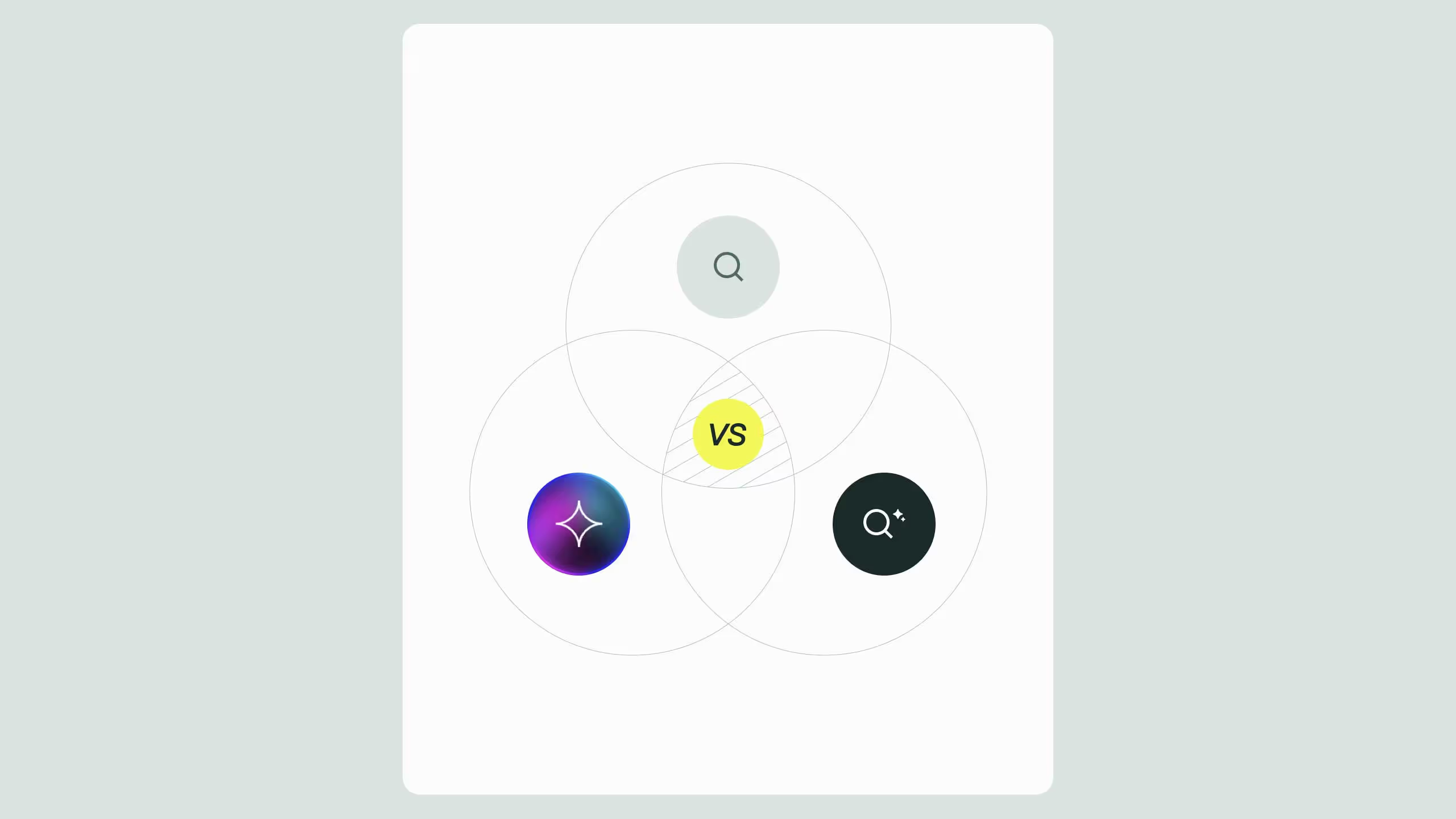Google spam policy and AI content for Webflow

AI-driven content can accelerate growth for Webflow users, but without alignment to Google’s spam policy, it can destroy visibility overnight. Google doesn’t ban AI content, but penalizes material created solely for ranking manipulation or lacking originality. The key to compliance is human oversight, structured formatting, and clear authorship. By blending AI speed with editorial strategy, businesses can scale responsibly and avoid deindexing or ranking loss.
The Webflow users are embracing automation to scale content creation. But this shift comes with serious risks if you’re not aligning with the Google spam policy. If you’re running a medium-sized business or corporate website on Webflow, ignoring these policies can result in deindexed pages, reduced rankings, or even complete removal from search results.
In this article, I’ll walk you through what Google considers spam, how AI-generated content fits into that picture, and the best practices to stay compliant. Everything here is based on Google’s official spam policies, translated into actionable advice for Webflow site owners and marketing teams.
What the Google spam policy actually says
Google’s spam policies define various practices that violate its search guidelines. These include misleading behavior, automatically generated content without oversight, content cloaking, keyword stuffing, and manipulative link practices. While these rules apply to all websites, AI-generated content has become a new focal point.
According to Google, AI content is not inherently against policy. However, if that content is generated solely to manipulate rankings and lacks value, originality, or oversight, it will likely be flagged as spam.
For Webflow users using AI tools for blog generation, landing pages, or service content, this distinction is critical. Your site could be unintentionally violating the Google spam policy if you’re publishing AI text without applying editorial control, fact-checking, or proper structuring.
Why AI content on Webflow is under scrutiny
AI tools can produce massive amounts of content in seconds. On platforms like Webflow, where scaling content through CMS collections is easy, it’s tempting to fill your blog or landing pages with AI-generated text. But here’s the problem: Google’s algorithm is trained to detect low-quality, repetitive, or misleading content patterns.
If your Webflow site starts showing these signs:
- Identical sentence structures across pages
- Reused paragraphs with minor changes
- Content with no clear author or expertise indicators
…then you’re likely violating spam policies, even if unintentionally. Google does not ban AI content, but it does penalize content that appears auto-generated for the sole purpose of ranking higher.
Best practices to align your Webflow site with Google spam policy
To safely use AI in your Webflow projects without hurting your rankings, follow these expert-approved guidelines:
1. Always apply human oversight
No matter how advanced your AI tool is, never publish content without human review. Edit for tone, clarity, and accuracy. Add original data, personal insights, or unique perspectives that AI cannot generate.
2. Structure your content for clarity
Use Webflow’s CMS and layout tools to create structured, easy-to-navigate content. Break long paragraphs into readable chunks, use headings appropriately, and include relevant internal links.
Example: Link AI-generated blogs to high-converting service pages like Webflow Services pricing or Technical SEO Audit.
3. Don’t overload your site with AI content
A balanced content strategy performs better. Supplement AI content with user-generated content, expert interviews, and case studies. This approach shows Google your site has depth and authority.
4. Use schema markup and authorship
Establish authorship for your AI-assisted content by tagging it with structured data and adding contributor bios. Google favors content with clear ownership, especially for YMYL (Your Money Your Life) topics.
5. Monitor performance and indexation
Use Google Search Console to check how your AI-generated pages are being indexed. If you see sudden drops in traffic or indexing, it could indicate a spam signal. Act fast by reviewing and editing flagged content.
Examples of AI content that could trigger spam detection
If you’re using AI on your Webflow site, avoid these red flags that often violate the Google spam policy:
- Pages created solely to rank for dozens of keywords
- Product or service pages duplicated across regions with only city names changed
- Articles that summarize competitor content without adding original value
- AI-generated FAQs that repeat the same phrase excessively
Webflow makes it easy to duplicate content using Collection Pages, but if you’re not customizing each version, Google may penalize your domain for thin or duplicate content.
How Webflow tools can help you stay compliant
Webflow provides robust tools to help site owners structure and optimize content responsibly:
- The CMS Collections can be used to add human-edited, dynamic content
- SEO fields in each Collection item help optimize meta titles and descriptions manually
- Custom code embeds allow you to implement structured data like article schema and author markup
Combining these with AI gives you the best of both worlds: speed from automation, and compliance from strategy.
Staying ahead with a dual-content strategy
The safest long-term strategy is to use AI as a content assistant, not a content engine. That means blending AI-written drafts with human insights, while focusing on quality over quantity.
For medium and corporate sites, we recommend a two-tiered strategy:
- Tier 1: Core pages and high-converting content written or heavily edited by human experts
- Tier 2: Support pages, FAQs, and topical blogs created using AI with manual oversight
This balance satisfies the Google spam policy while helping you scale efficiently and responsibly.
Final thoughts: protect your rankings by respecting Google’s guidelines
Using AI for content creation on Webflow is not just about saving time, it’s about working smart. Misuse can put your entire domain at risk. By understanding and respecting the Google spam policy, you can confidently scale content creation without triggering penalties.
Always prioritize editorial control, content quality, and technical SEO.

.svg)
.svg)


.svg)




